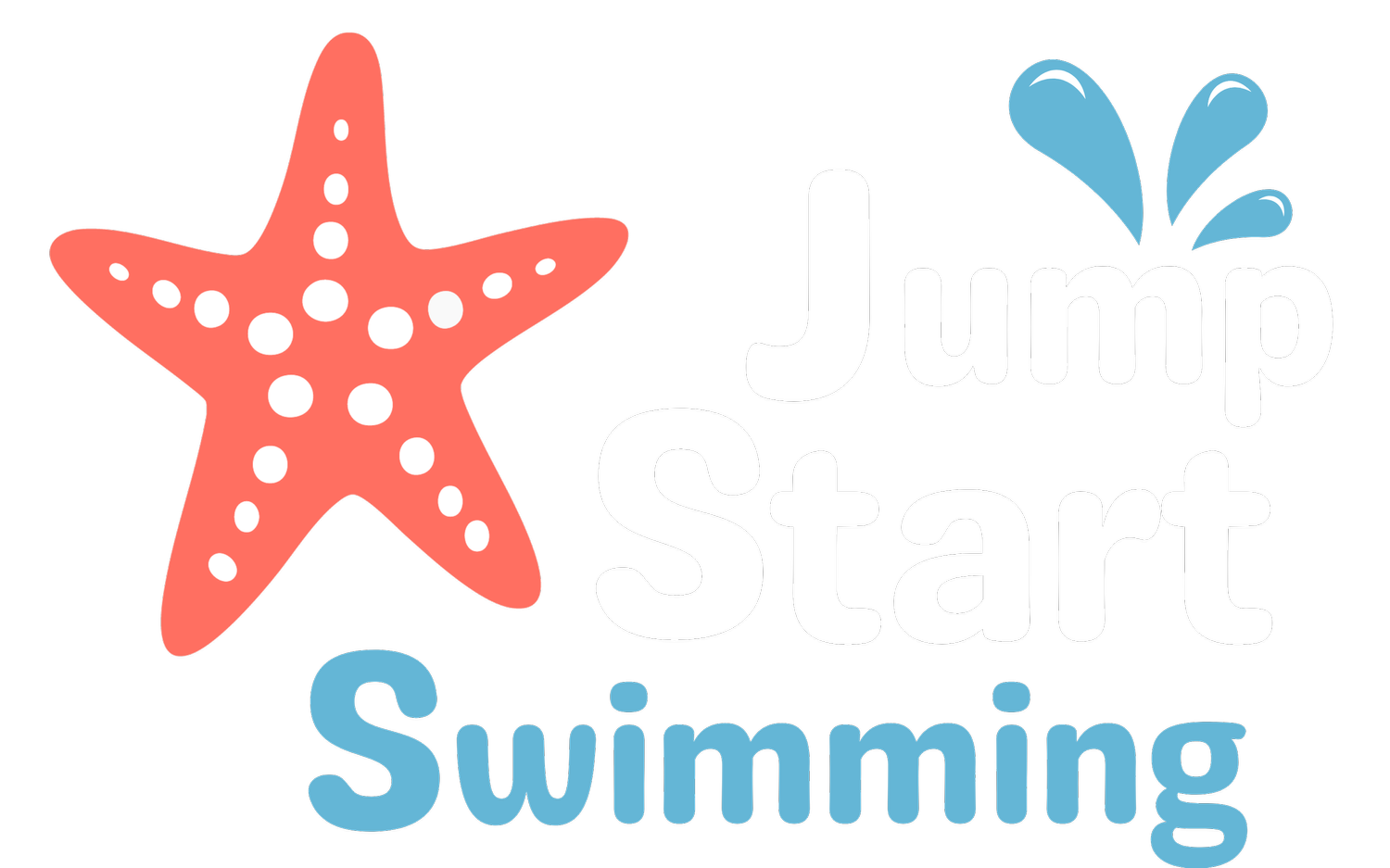Parents are often confused at whether to have their swimmer wear goggles when taking swim lessons. Many learn to swim programs have suggestions as to whether swimmers should or shouldn’t use goggles. Parents should discuss these suggestions with the program they enroll at, to ensure they understand the reasons behind program suggestions. Programs can range from requiring all swimmers to wear goggles to not allowing goggles at all. It should never be mandatory to wear goggles while swimming; however, there are many benefits to using goggles.
Getting babies or young swimmers to wear goggles can increase their willingness to put their face in and go under water. When swimmers realize how clear the water is, compared to without goggles, they tend to want to explore underwater. Wearing goggles can help hesitant swimmers be more comfortable and excited about swimming.
Introducing goggles to young swimmer can be difficult and many may not accept using them at first. Goggles can be tight and uncomfortable, when swimmers are not used to them. The best way to get your swimmer to become comfortable wearing goggles is to start by introducing them to goggles outside of swim lessons. For example, practice using goggles at home in the bath. This allows swimmers to start using goggles where they are comfortable and doesn't waste swim lesson time.
More advanced swimmers rarely go without goggles because they are so used to swimming with them. Wearing goggles can be of great benefit but it is important that swimmers don’t become dependent on wearing goggles.
Why Do Instructors Make Swimmers Swim Without Goggles?
It is very important that all swimmers can swim without goggles. Water safety is the main goal of most swim lessons and being dependent on goggles can limit your child’s safety in the water. When a child is in an unexpected situation or accidentally falls into the water, they will not have their goggles (or even their swim suit). It is also likely that the child will panic when they hit the water without goggles. This is why swim instructors may require swimmers to practice water safety skills without goggles. If a swimmer can fall into the water, float and get to the side of the pool, without goggles, they are more likely to be able to survive an accidental fall into the water.
Some Children Have to Wear Goggles
For medical and other associated reasons some children may need to wear goggles – such as prescription goggles. If this is then case then:
Choose a pair with BSI instructions on the packaging for the correct way to put on and take off goggles.
Choose a pair that fit properly. Leaking goggles could affect the child and waste lesson time.
Talk to your instructor about the reason for using the goggles and options for practicing skills without them.
Jump Start Swimming Goggle Information
Jump Start Swimming does not require swimmers to use goggles during our swim lessons; however, we always offer swimmers the choice.
Instructors will encourage younger swimmers to use goggles, especially when they are hesitant or resistant to putting their eyes and face underwater.
If goggles are used, the instructor may require that the swimmer practice a few skills without the goggles to ensure they are capable of staying calm and completing the water safety sequence without goggles.
Swimmers can bring their own goggles if they have a pair they are comfortable with, but it is not required. Jump Start Swimming always has extra goggles available.
Parents are encouraged to talk to the instructor if they have any questions.




